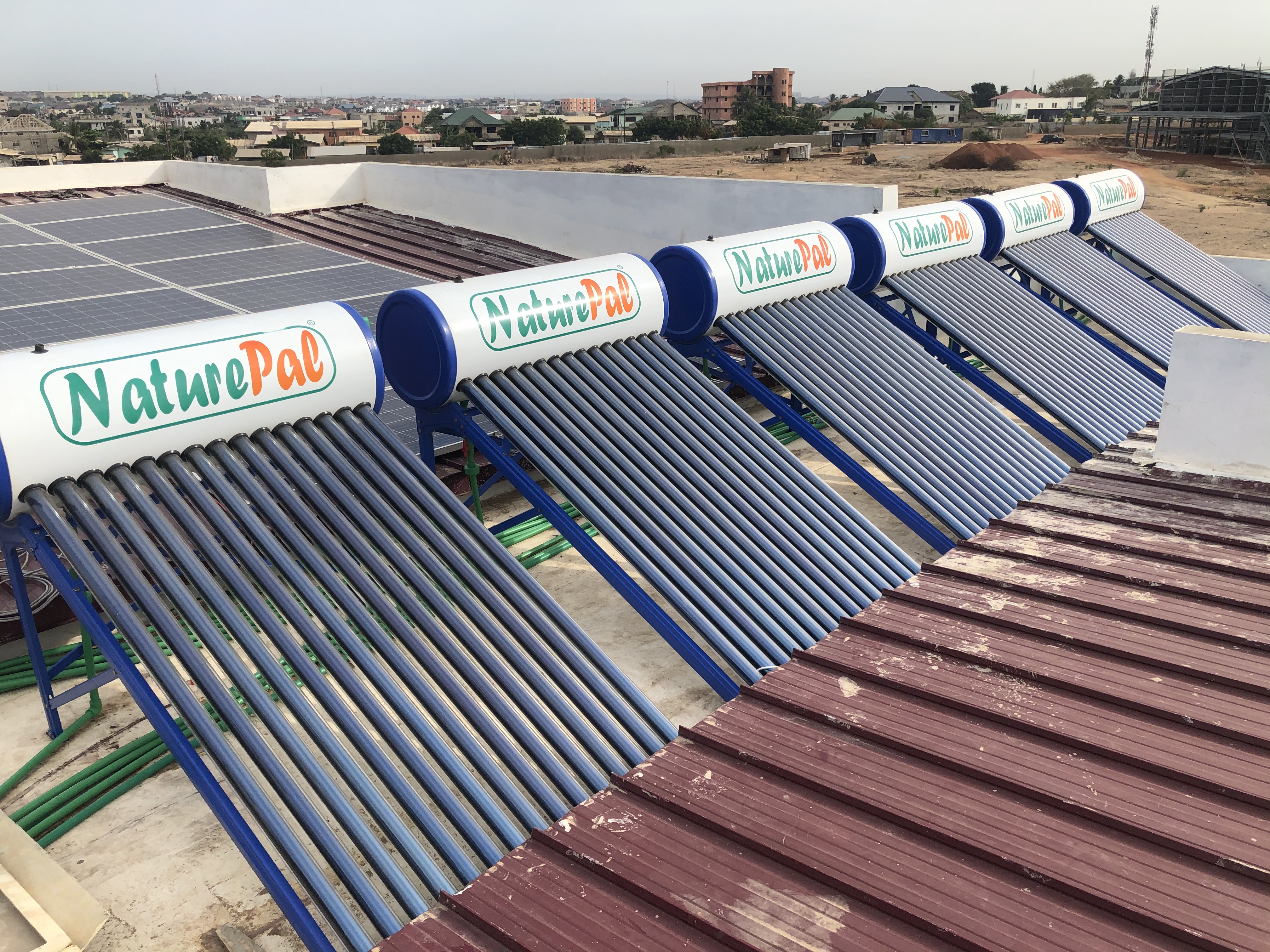Solar Water Heater
Solar water heaters utilize solar energy to warm water, which greatly decreases reliance on traditional electricity or gas sources. By capturing sunlight, these systems provide an efficient and sustainable way to meet household hot water needs.

Basic Working Principle
1. Solar Collector Absorbs Sunlight - The system has a solar collector, usually mounted on a rooftop, that absorbs sunlight. - This collector contains tubes or panels designed to capture and convert solar energy into heat. 2. Heat Transfer to Water - The absorbed heat is transferred to water or a heat-transfer fluid circulating through the system. - In direct circulation systems, water flows through the collector and gets heated directly. - In indirect circulation systems, a heat-transfer fluid (like antifreeze) absorbs the heat and passes it through a heat exchanger to warm the water. 3. Storage and Usage - Heated water is stored in an insulated tank to minimize heat loss. - It can then be used for household applications like bathing, cooking, or cleaning
Types of Solar Water Heaters
- Passive Systems: Rely on natural convection to circulate water. - Active Systems: Use pumps to move water or heat-transfer fluid through the system. - Flat-Plate Collectors: Common and cost-effective, consisting of a dark absorber plate under a glass cover. - Evacuated Tube Collectors: More efficient, using vacuum-sealed tubes to minimize heat loss. Solar water heaters are an eco-friendly and cost-effective way to generate hot water, especially in sunny climates. Speed Technologies specializes in Evacuated Tube Solar Water Heaters which are highly efficient systems that use vacuum-sealed glass tubes to capture and retain heat from the sun.


How They Function
1. Solar Absorption - Each evacuated tube consists of two concentric glass tubes with a vacuum between them. - The inner tube is coated with a solar-absorbing material that captures sunlight and converts it into heat. 2. Heat Transfer - Inside the tube, a heat pipe filled with a special fluid absorbs the heat. - The heated fluid rises to a manifold at the top, where it transfers heat to water or another heat-transfer medium. 3. Storage & Usage - The heated water is stored in an insulated tank for later use. - These systems work efficiently even in colder climates because the vacuum minimizes heat loss. Advantages of Our Solar Water Heaters - High Efficiency: Works well in low sunlight and cold conditions. - Durability: Vacuum tubes are resistant to corrosion and extreme weather. - Versatility: Can be used for residential, commercial, and industrial applications

